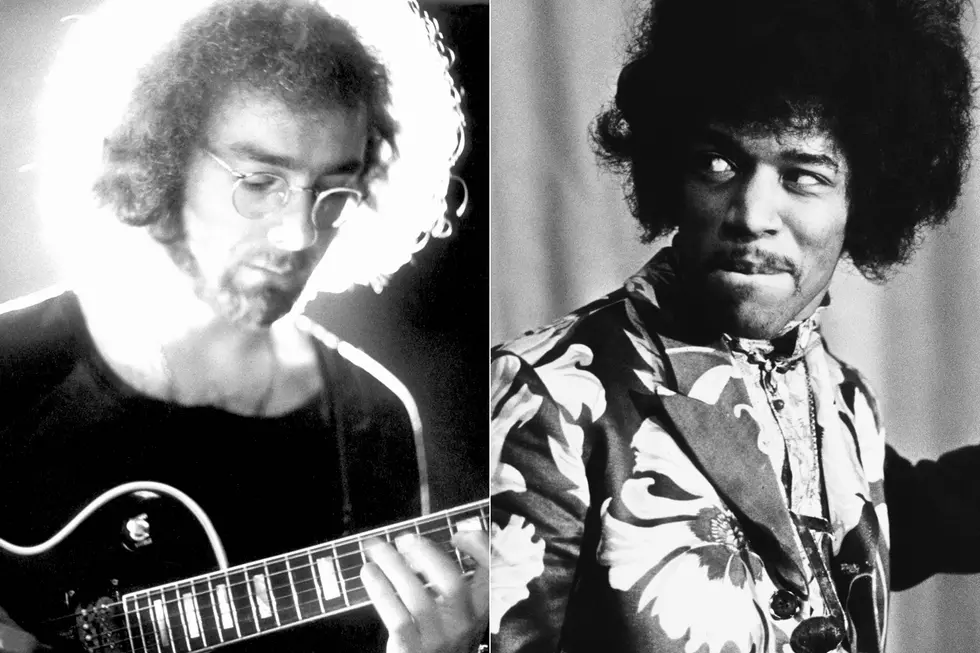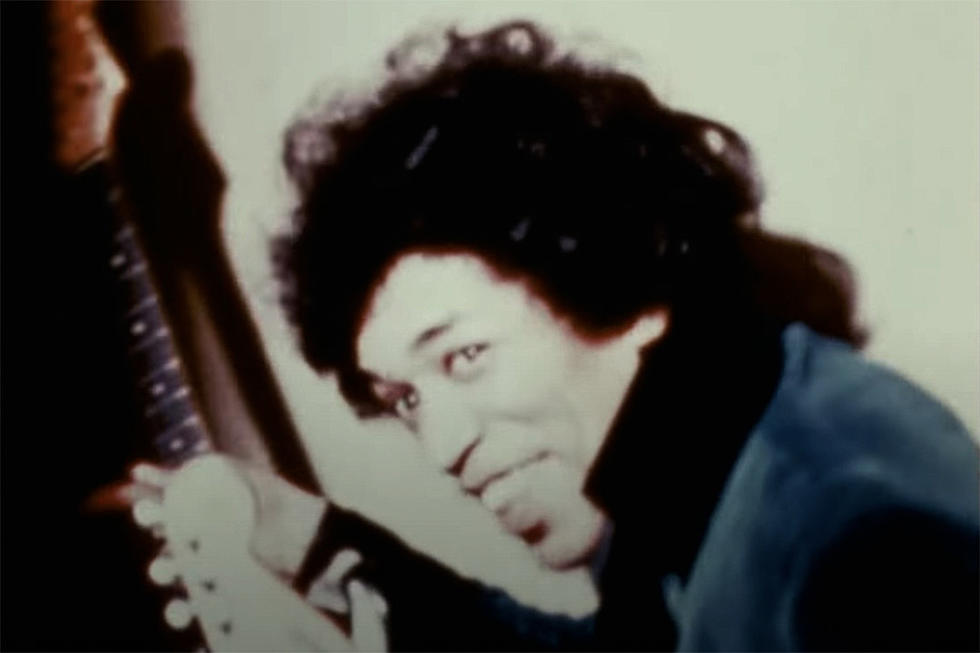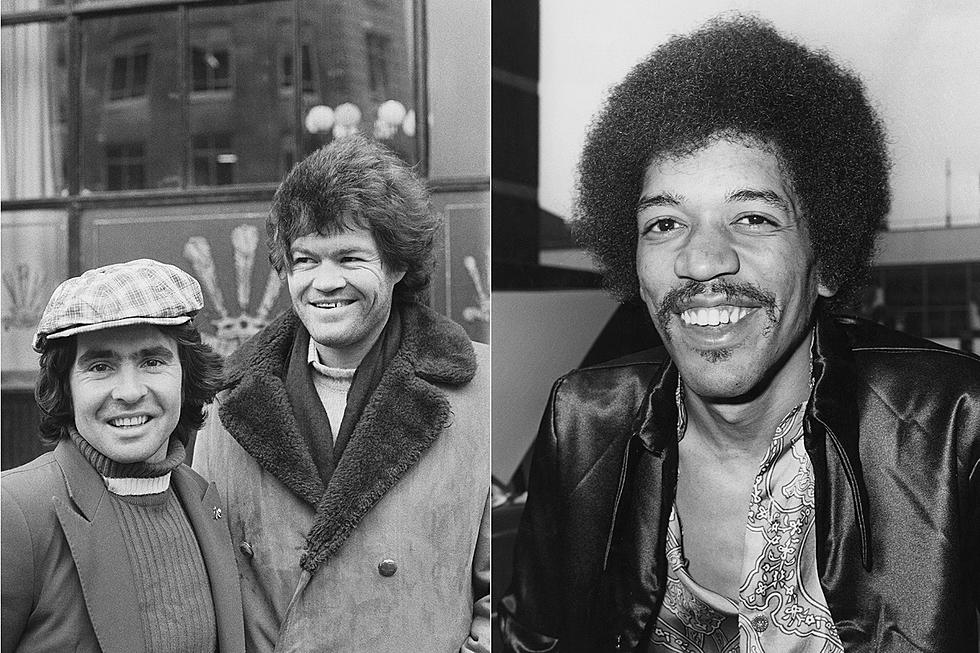
Why Completists Flocked to Jimi Hendrix’s Second Posthumous LP, ‘Rainbow Bridge’
Jimi Hendrix had been dead a year when the Rainbow Bridge album and movie were released on Oct. 1, 1971. But nothing could stop those left in charge of his estate from capitalizing on one of the '60s most iconic and galvanizing musical talents.
It didn't matter that the film boasted an extremely flimsy plot involving hippies doing the usual hippie things (meditating, surfing, etc.), which critic Charles Shaar Murray succinctly dismissed as "undoubtedly the dumbest hippie movie ever made" in his award-winning Hendrix biography Crosstown Traffic.
It also didn't matter that the album was not a real soundtrack, but what Shaar Murray described in the same book as a collection assembled from the "most fully realized fragments of what was intended to have been the double album First Rays of the New Rising Sun."
Hendrix fans didn't think twice about flocking into record stores and, to a lesser degree, movie theaters to experience whatever pearls of genius remained. While Rainbow Bridge the movie was universally panned for being a superficial cash-in, the album yielded a small treasure trove for Hendrix completists. Songs included the simultaneously playful and deadly "Dolly Dagger," the soulful Band of Gypsys outtake "Earth Blues," the instrumental space jam "Pali Gap" and the driving psychedelics of "Room Full of Mirrors."
A heavily overdubbed, 16-track studio version of the "Star Spangled Banner" predated Queen's dense orchestrations, and a devastating, 11-minute live version of "Hear My Train a Comin'" (from the Berkeley Community Theatre on May 30, 1970) was sandwiched by the chugging urgency of "Look Over Yonder" and the easy stroll of "Hey Baby (New Rising Sun)."
These tracks had all been prepared for release by Hendrix's longtime producer Eddie Kramer, Experience drummer Mitch Mitchell and engineer John Jansen, and they would stand as definitive for most fans (or close enough) until the Hendrix Estate was finally repossessed by the guitarist's blood heirs in the '90s.
At that point, the songs from Rainbow Bridge, as well as other posthumous Hendrix compilations such as The Cry of Love and War Heroes, were remixed and re-sequenced into fully sanctioned collections like 1997's First Rays of the New Rising Sun and South Saturn Delta, which purported to more accurately represent Hendrix's plans before his death.
Top 100 Live Albums
Jimi Hendrix is Part of Rock’s Tragic ‘27 Club’
More From 100.7 KOOL FM










